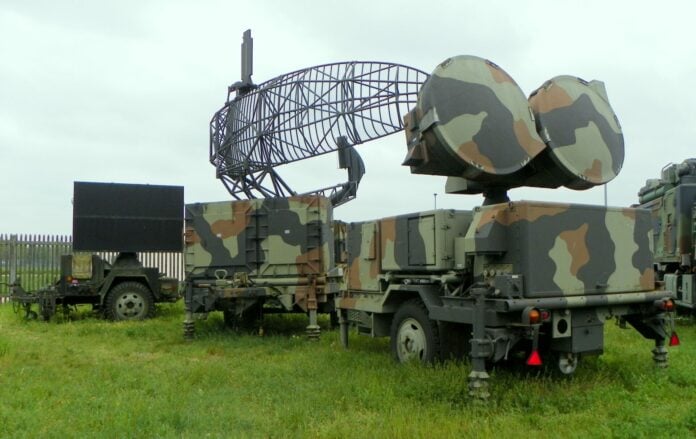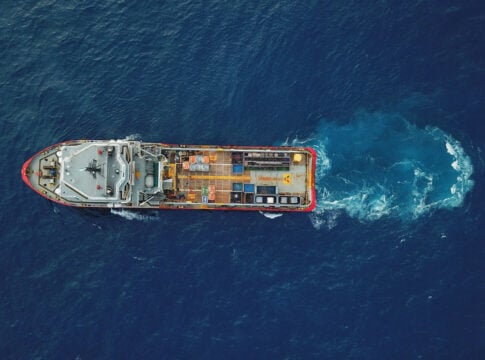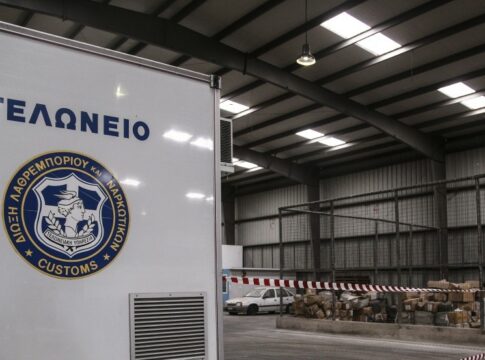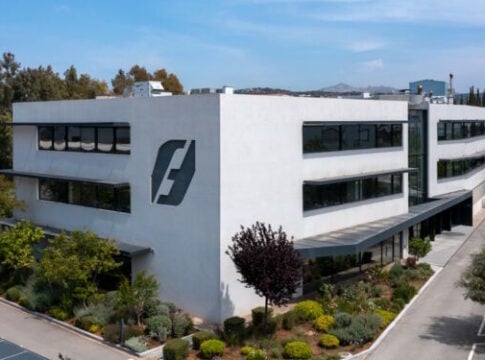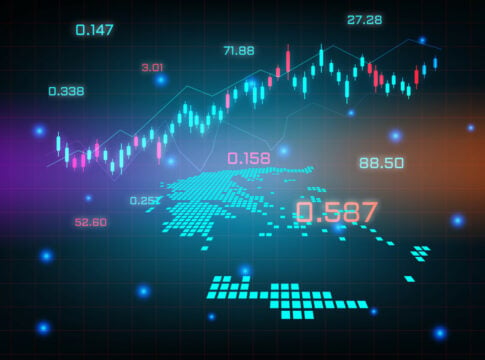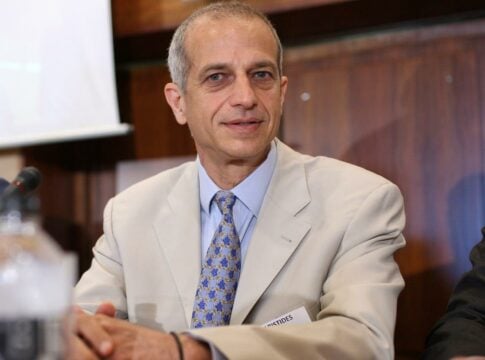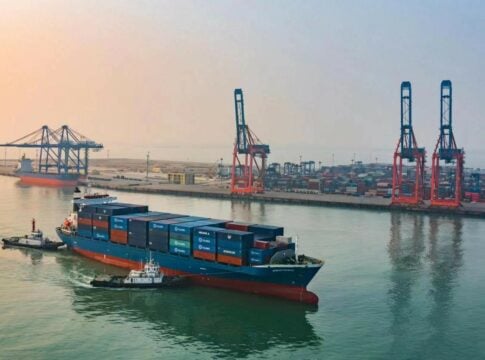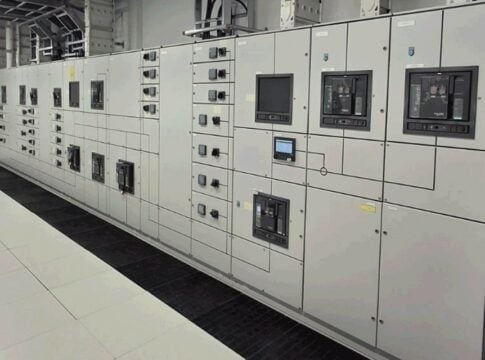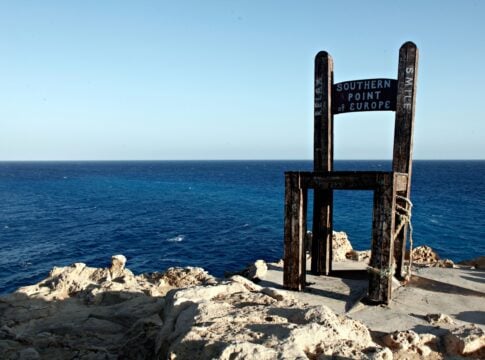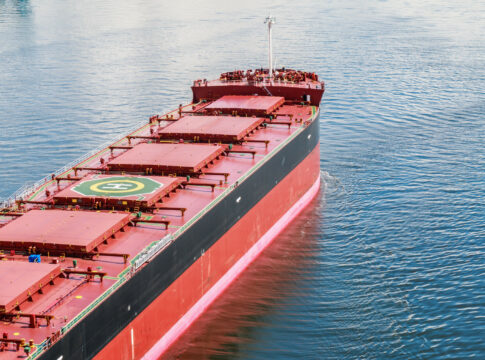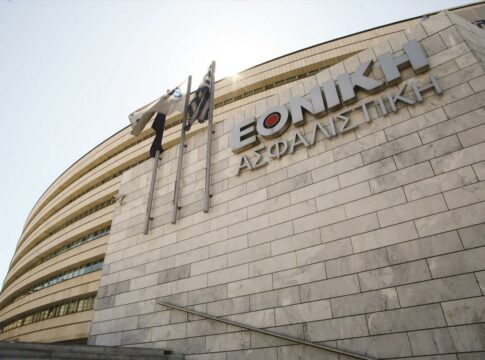Europe is focusing on finding financial resources to strengthen its defense sector, aiming to implement the ambitious, long-term and highly demanding ReARm plan.
According to the data so far, the European Commission is focusing on setting up consortia, with the aim of signing agreements before the end of the year. The resulting projects are expected to play a decisive role in shaping the future of European defense, in strengthening a collaborative and innovative defense ecosystem and in strengthening the EU’s strategic capabilities in the coming years.
There is already a strong movement of actions within the framework of the European Defence Fund for research and development in the defence sector, alongside the activation of projects concerning the famous dual use – products and technology for civil and defence use. At the same time, the EU Member States are gradually implementing the escape clause in order to secure resources for defence technology and industry.
The European Commission recently announced the decision to invest 910 million euros within the framework of the European Defence Fund for 2024. According to Commission data, the fourth call for proposals for the European Defence Fund saw unprecedented interest from the defence industry and EU research organisations.
The call attracted a record number of 299 proposals, bringing together 625 legal entities from 25 EU Member States and Norway. The main objective is for small and medium-sized enterprises to play a vital role in the selected proposals, as they account for over 38% of all participating entities, and receive over 27% of the total funding requested.
In the selected projects, over 360 million euros are allocated to 39 research projects and 539 million euros to 23 capacity development projects. In addition, the solution of financing dual-use technologies – civil and defense through existing European programs is now on the table. The European Commission is examining the proposal for the EIC (European Innovation Council) to finance dual-use technologies and for Defense to become the fourth priority of the STEP (STRATEGIC TECHNOLOGIES FOR EUROPE PLATFORM – STEP) program, the Strategic Technologies Platform for Europe.
Greek presence
Greece is called upon to respond not only as a member state of the EU and NATO, but as a country with substantial industrial and research ambition to this challenge, proving that it can produce technology, products and influence, with a Greek stamp and European added value.
According to executives from the defense and business sector, dual-use technologies are a lever for economic and industrial growth, because they reduce the risk for businesses, allow access to multiple markets, and above all, enable penetration into the defense ecosystem without the ‘stamp’ of a defense supplier, which for many companies is strategically crucial.
In this context, the mapping of the needs of the Staffs of the Greek Armed Forces, their matching with national technological capabilities and the preparation of co-financing actions, with the initiatives of the European Union at the forefront, is already being implemented.
The European Defence Fund (EDF) is the largest strategic tool currently available to the European Union to support transnational cooperation in the field of defence. It is a mechanism for reshaping the European industrial and technological map. In this environment, the presence of Greece is particularly noteworthy.
Based on official data from the European Commission, Greece ranks fifth in the European Union in terms of the number of participations in EDF-funded projects, behind large countries such as France, Germany, Italy and Spain. In fact, it surpasses countries with similar or even larger populations, such as Portugal, Finland or Norway.
Greece participates in dozens of projects, with significant qualitative characteristics. Indicatively, the projects LOTUS: development of long-range unmanned aircraft for ISR missions, PROTEAS: interoperable C4ISR system for special forces, FEDERATES: integration of chains of command using edge computing and AI technologies, JCUAS program: joint development of unmanned aerial platform systems, AINCEPTION: artificial intelligence for early threat identification in multiple fields, VICTORIOUS: Use of unmanned systems for artillery observation needs.
These projects cover a wide range of technologies, from command and control and sensors, to AI, unmanned systems and cyber defense. It is worth noting that in many of them, Greek organizations do not participate simply as partners, but have a role as coordinator or technical leader – something that shows the maturity and credibility of the Greek technological community.
According to data from the competent organizations, a second important tool is the European Defense Agency, which provides one of the most critical technological planning tools of the European Union: the Capability Technology Groups (CapTechs). These are thematic working groups that bring together experts from the member states, industry and the research community.
In CapTechs, technological deficits are analyzed, strategic priorities are identified, and technological directions are defined that will support Europe’s operational readiness in the coming years.
The thematic areas covered by CapTechs include Command and Control Systems (C4ISR), Artificial Intelligence and Autonomous Platforms, Undersea Technologies and Sonar, Space and Aeronautical Technologies, Advanced Materials and Nanotechnology, Energy Systems and Power Management, Propulsion, Mobility and Logistics, Cybersecurity and Electronic Warfare.
In the framework of these groups, cooperation initiatives are developed between member states, in a more flexible format. There are also Category B projects, which are smaller-scale technological cooperation projects between two or more states, which allow the experimental development of technologies at a medium TRL (3–6).
The most critical thing about them, however, is that they have been designed in such a way as to constitute a ‘waiting room’ ahead of participation in the European Defense Fund (EDF). They function as technical simulations, as areas for testing synergies and documenting solutions.
Greece, according to sector representatives, has every reason to strengthen its participation in CapTechs and Category B projects. Not only to co-shape the European technological strategy, but also to prepare Greek groups for leadership roles in future EDFs.


